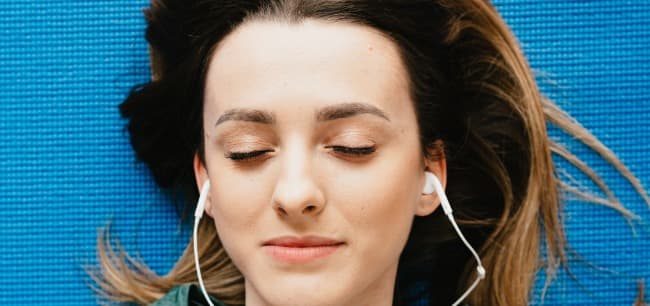Falling asleep with ADHD
I want to share an inconvenient truth with my ADHD friends: most neurotypicals can fall asleep in about 15 minutes. It’s not fair, but difficulty falling asleep is part of our ADHD lives.
Part of our struggle with falling asleep stems from a dysregulation in our serotonin/melatonin system. Higher serotonin levels in the morning help us get up and going, which leads our bodies to produce proper levels of melatonin in the evening. ADHD folks often don’t produce enough serotonin.
Here’s where things get interesting when we introduce ADHD into the equation. For most neurotypicals, they fall asleep faster when in a calm, relaxed state. Those of us with ADHD know that we don’t respond to a calm, relaxed state like they do. For some of us, lying around while relaxed can be physically painful. My legs jitter, flinch, and hurt as I attempt to relax and fall asleep. Our brains won’t turn off and we can’t stop rehashing the day and berating ourselves for what everyone tells us are our shortcomings.
Even though it’s bedtime, ADHD craves dopamine like zombies crave brains. Let’s explore a few ways that might help you avoid counting sheep at night.
#adhdtips
We can increase the amount of serotonin in our bodies. Without relying on an SSRI medication, two ways to regulate serotonin levels for sleep are eating enough foods with tryptophan (the chemical precursor to serotonin) and— funny enough— getting a healthy amount of sleep. The sleep cycle can quickly become a negative-feedback loop.
Let’s put this one on hold for a bit because it will take some time.
When it’s been more than 15 minutes and you can’t fall asleep, get out of bed. Don’t teach yourself that your bed is a place you feel uncomfortable.
First, put your phone away.
Consider engaging in an activity that lightly stimulates your brain and body together. Get a coloring book or print a coloring page from the internet. Color a page with colored pencils and build a creative, soothing, relaxing bedtime tradition.
Put in some earbuds, lower the volume, and listen to a podcast. Make your brain work a bit to hear what’s going on.
If you have a partner in bed with you, move to another room, dim the lights, and engage in a physical activity like light cleaning or room organization.
Ready for the big reveal? When you start to feel dozy, head back to bed, snuggle down in the sheets, and head to sleep. I find I fall asleep faster when I lay on my side rather than my back.
Be ready to invest a few nights. Figure out what works best for you and your ADHD, and build a nightly routine around that.







